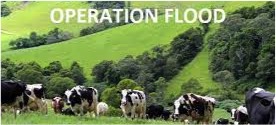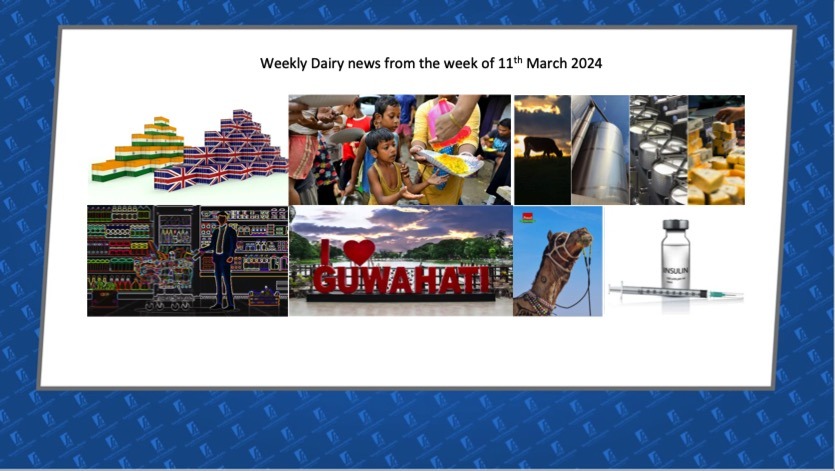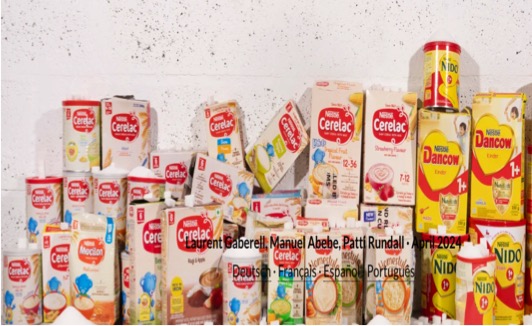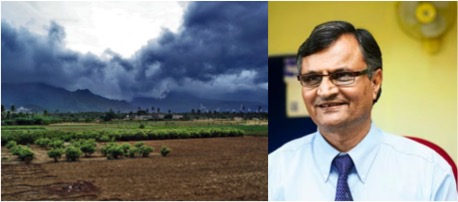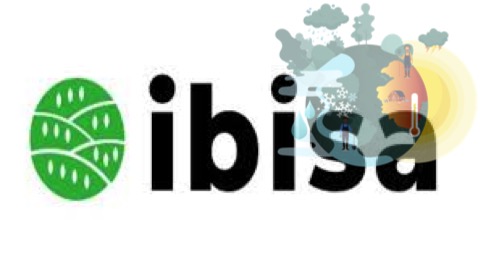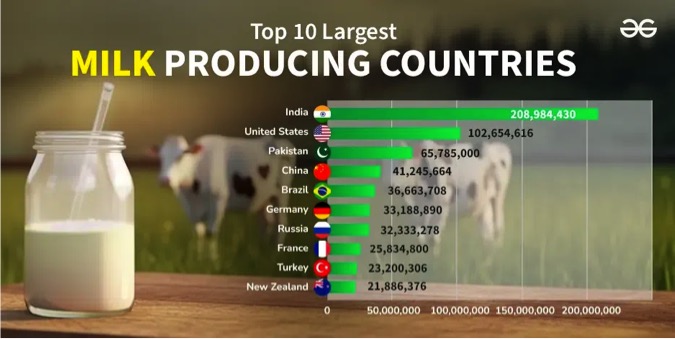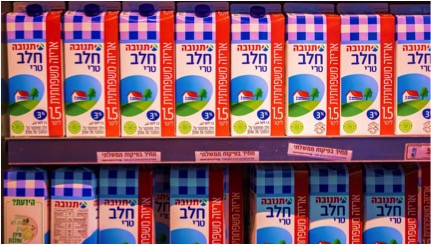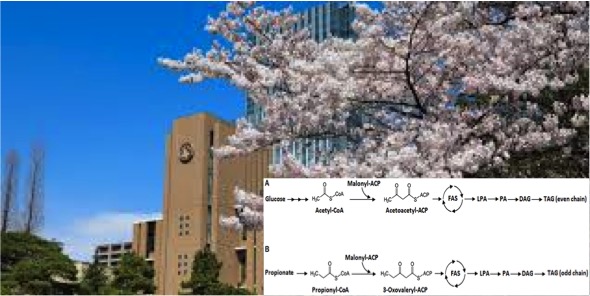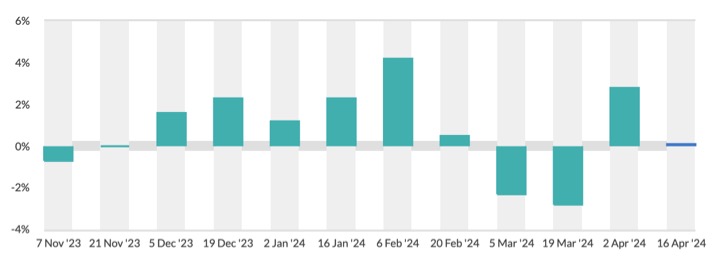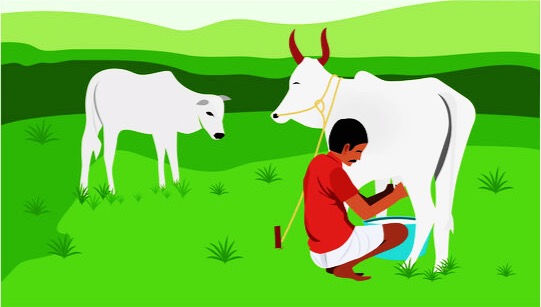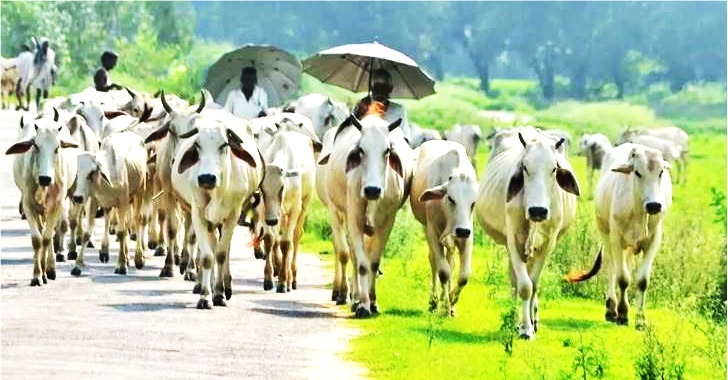The evolution of the dairy sector in India and the stellar role played by dairy cooperatives since the launch of Operation Flood form an integral part of the country’s growth story as the country now is the largest producer of milk.
India contributes 21 per cent to global milk production. It is important to note that during the 1950s and 1960s the situation of India’s dairy sector was radically different as it was a milk-deficit nation and depended more on imports.
The country produced less than 21 million tonnes of milk per annum despite having the largest cattle population in the world and the sector was struggling to survive.
The annual compound growth rate in milk production during the first decade after independence was 1.64 per cent, which declined to 1.15 per cent during the 1960s, the Ministry of Fisheries, Animal Husbandry and Dairying said in an explainer on Wednesday.
In 1950-51, per capita consumption of milk in the country was only 124 grams per day. By 1970, this figure had dropped to 107 grams per day, one of the lowest in the world and well below the minimum recommended nutritional standards.
Then, following the visit of late Prime Minister Lal Bahadur Shastri to the Anand district of Gujarat in 1964, the National Dairy Development Board (NDDB) was created in 1965 with a mandate to support the creation of the ‘Anand pattern’ of dairy cooperatives across the country through the Operation Flood (OF) programme which was to be implemented in phases.
The ‘Anand Pattern’ was essentially a cooperative structure comprising village-level Dairy Cooperative Societies (DCSs), which promoted district-level unions, which in turn promoted state-level marketing federation. Starting in 1970, NDDB replicated the Anand Pattern cooperatives through the Op programme all over India.
Verghese Kurien, widely renowned as the “Father of White Revolution” in India, was the first chairman of NDDB. Along with his team, Kurien commenced work on the launch of the project which envisaged the organisation of Anand-pattern cooperatives in milk sheds across the country from where liquid milk produced and procured by milk cooperatives would be transported to cities.
Following is how Operation Flood was implemented in various phases:
- Phase I (1970-1980) was financed by the sale of skimmed milk powder and butter oil donated by the European Union (then the European Economic Community) through the World Food Programme.
- Phase II (1981-1985) increased the milk sheds from 18 to 136; urban markets expanded the outlets for milk to 290. By the end of 1985, a self-sustaining system of 43,000 village cooperatives with 4,250,000 milk producers had been covered.
- Phase III (1985-1996) enabled dairy cooperatives to expand and strengthen the infrastructure required to procure and market increasing volumes of milk. This phase added 30,000 new dairy cooperatives which led to a total of 73,000.
Operation Flood helped quality milk reach consumers across 700 towns and cities through a National Milk Grid. The programme also helped remove the need for middlemen, thereby reducing the seasonal price variations.
The cooperative structure made the whole exercise of production and distribution of milk and milk products economically viable for farmers to undertake on their own. It also ended India’s dependence on imported milk solids.
Not only was the nation equipped to meet its local dairy needs but it also started exporting milk powder to many foreign countries. Genetic improvement of milking animals also increased due to cross-breeding. As the dairy industry modernised and expanded, around 10 million farmers started earning their income from dairy farming.
Over the past two decades, India’s milk production has doubled. The credit also goes to a well-known federation called ‘Amul’, which was created by 3.6 million milk producers in Gujarat. In order to improve the livelihood of the farmers, Amul also charted its journey on a similar path as ‘Operation Flood’.
Dairy as an industry employs more than 80 million rural households with the majority being small and marginal farmers as well as the landless. The cooperative societies have not only made the farmers self-sufficient but have also broken the shackles of gender, caste, religion, and community. Women producers form the major workforce of the dairy sector in the country. The sector is an important job provider, especially for women, and plays a leading role in women’s empowerment.
Source : The Statesman 07th Sep 2022


